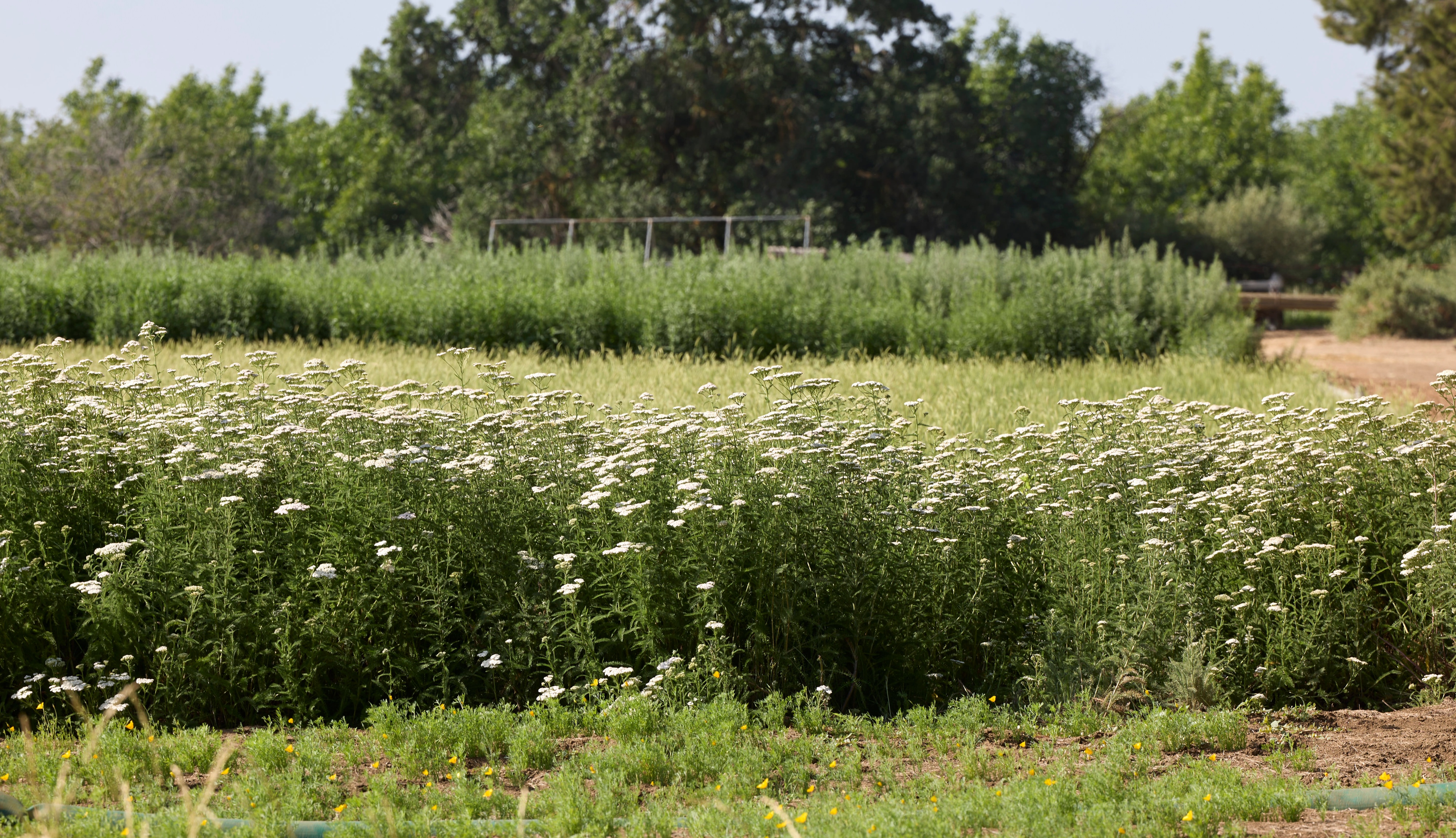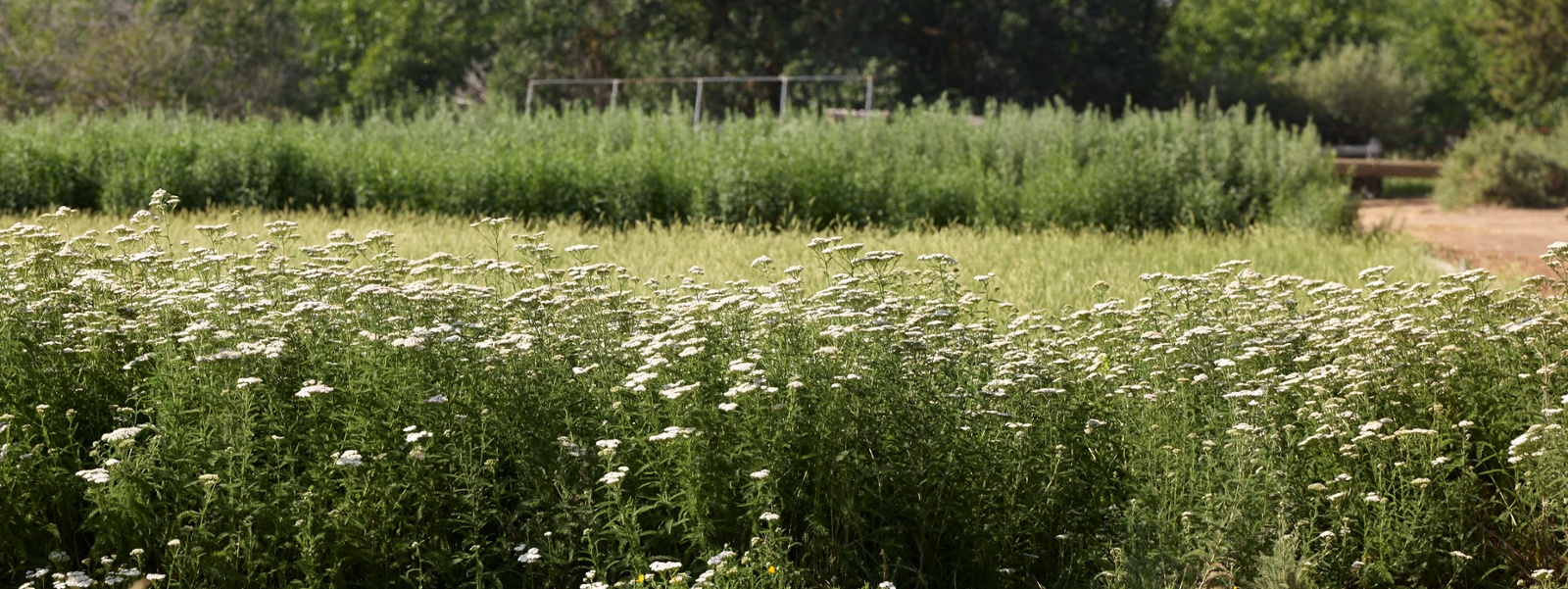Commentary: Cooperation is a must to help farms, environment

Partnerships among landowners, agencies and nonprofits are key to conservation on private lands, such as this hedgerow in Yolo County, to benefit the environment and keep farmers in business.
Photo/Fred Greaves



By Amrith Gunasekara and Laurel Marcus
It’s harvesttime for many farmers in California. Harvesting crops in the nation’s leading agriculture state requires partnerships and collaborations, which come in different forms.
These may include business agreements, equipment sharing, mentoring, university advice from agricultural cooperative extension services, recommendations from pest and crop advisors, and governmental compliance, to name a few.
These collaborations remain key to successfully grow and sustain an agricultural business in California, where environmental laws and regulations on water and air quality are some of the strictest in the U.S.
Environmental efforts on farms also require partnerships and collaborations to be successful and sustained into the future.
For example, if growers are interested in planting hedgerows around a crop at field borders, they will need a host of collaborators, including agencies or nonprofits offering funding for the project, so the grower does not have to cover the entire cost of what could be an expensive project.
It would also include technical expertise, such as suitability of plant species for the climatic zone, third-party verification that the hedgerow project is implemented, fertigated and irrigated, reporting to a funding agency on financial and performance metrics, ongoing technical advice, evaluating the project for the potential to reduce greenhouse gases through carbon sequestration and potential marketing opportunities. All these different moving parts could be a daunting task for growers.
Herein lies the benefits of collaborations on environmental projects. Consumers want greater transparency on how their food was produced and how the environment was addressed in its production.
In 2019, the California Land Stewardship Institute and the Sonoma County Winegrowers Association partnered to enroll a limited number of large and small farms across Sonoma County to develop a climate adaptation certification program that can be used for environmental performance reporting to consumers and product marketing purposes. The program collects and uses information on soil types, energy use, tillage, cover crops, fertilizer use, irrigation, site agricultural history and natural areas to calculate greenhouse gas emissions and carbon sequestration.
The sophisticated models used in the program provide growers with the data needed to allow flexibility in creating climate benefits. The program plans propose easily implementable changes to the soils, crop and conditions of the site, including planting cover crops, using limited tillage, installing native plant hedgerows or trees, composting and reducing nitrogen fertilizer.
All these practices can be funded through a number of programs, such as the California Department of Food and Agriculture Healthy Soils Program. The climate plans relate the farms’ practices to carbon sequestered in soil, trees, hedgerows and habitats, and can define that carbon in relatable terms of car emissions offsets. Additionally, by using sophisticated and highly accurate modeling of carbon sequestration, the program sets growers up to sell carbon credits.
Following the California Land Stewardship Institute’s completion of modeling and climate plans, growers met and discussed the best management practices that provide the highest levels of carbon sequestration but are flexible enough to allow for economically efficient farming, even during droughts. The institute also identified the most accurate models to use in calculating greenhouse gas emissions and carbon sequestration.
Currently, the climate adaptation certification program enrolls growers in Mendocino, Sonoma and Napa counties, reaching enrollment of more than 20,000 acres. Climate concerns are front and center for younger wine drinkers, so the program provides growers use of a certification logo to display on site, on the bottle and online.
The institute is partnering with the California Bountiful Foundation to provide third-party certification that the farms’ information is consistent with what is in the plan and on the site. The foundation is the 501(c)(3) nonprofit science and research organization of the California Farm Bureau. Certification of the climate farm plan includes reviewing the plan, visiting the farm, identifying greenhouse gas reductions or carbon sequestration on the farm, compiling a certification letter with proposed changes if needed, and signing off on the plan.
Understanding the climate adaptation certification plans requires a good scientific understanding of how models such as COMET-Farm work. The model calculates greenhouse gas reductions.
The partnership and collaborations also highlight the importance of multiple organizations working together to support programs that further enhance the marketability of products from agricultural operations and achieve environmental outcomes.
The institute is working to expand the climate adaption certification program to additional counties and crops. The program includes the Fish Friendly Farming Environmental Certification Program that has more than 220,000 acres enrolled statewide and is the only certification that also provides regulatory compliance, reducing paperwork. To learn more, contact Chris Kelley at chrisk@fishfriendlyfarming.org or Connor Bennett at connorb@fishfrieindlyfarming.org.
(Amrith Gunasekara is the director of science and research for the California Bountiful Foundation. He may be contacted at agunasekara@cfbf.com. Laurel Marcus is the retired executive director of the California Land Stewardship Institute. She may be contacted at laurelm@fishfriendlyfarming.org.)




